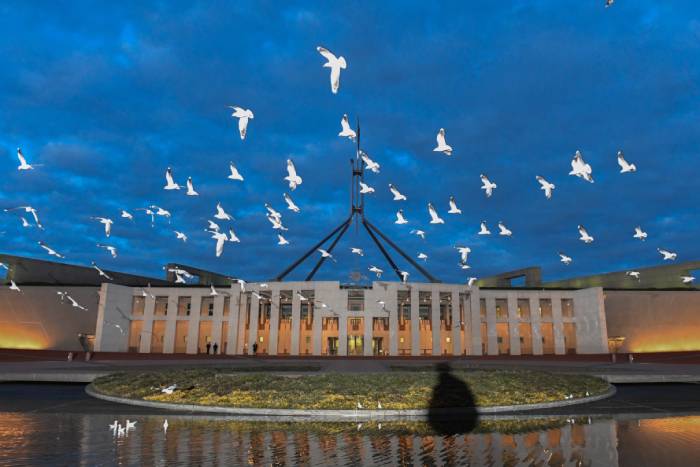Savvy shoppers pouncing on early Black Friday sales have helped deliver higher-than-expected retail sales in October.
Income tax cuts, lower petrol and energy prices and evaporating chances of more rate hikes might be further boosting spending in the shops.
Viewed alongside rising building approvals, economist Ivan Colhoun said the Reserve Bank of Australia was likely to stay focused on inflationary pressures rather than the risk of an economy slowing too quickly.

“Consumer spending, and retail prices, has increased slightly in recent months, possibly helped by the 1 July income tax cuts,” the CreditorWatch consulting chief economist said.
“Housing approvals are also strengthening, which means there doesn’t seem to be an urgent need for the RBA to cut interest rates, even though many mortgage holders and small businesses would welcome this.”
With underlying inflation still above the two-three per cent target but easing, most economists believe the next adjustment in the key interest rate will be a cut.
Strength in the jobs market and other indicators of economic resilience have cast doubt over an early 2025 start and upped the chances of an adjustment in May or later.
The solid 0.6 per cent uptick in retail turnover clocked by the Australian Bureau of Statistics in October was higher than the 0.4 per cent consensus forecast and the more subdued 0.1 per cent gain in September.
Retail sales were up 3.4 per cent on a year earlier, at $36.7 billion.
Early discounting ahead of November Black Friday sales contributed to the sales increase, the bureau’s head of business statistics Robert Ewing said.
The “other retailing” category, which includes cosmetics, sports and recreational goods, logged a substantial 1.6 per cent increase.
Household goods sales rose 1.4 per cent.
“The rise in discretionary spending was driven by online discounting events while people also spent more on electrical goods, particularly televisions and other audio-visual equipment,” Mr Ewing said.

Not all non-food categories rose over the month, with clothing, footwear and personal accessory retailing sinking 0.6 per cent and department store sales falling 0.3 per cent.
The growing popularity of Black Friday sales has made retail trade figures volatile and challenging to interpret.
The Australian Retailers Association’s Fleur Brown said the figures highlighted shifting consumer habits in the face of a cost-of-living crunch.
Budget-conscious shoppers were using October to plan for the holiday season early by stocking up on gifts and other purchases, she said.
“There is noticeable buoyancy in the ‘other’ category … as shoppers prove the ‘lipstick effect’ in action as they continue to spend on little luxuries and focus on health and well-being,” said Ms Brown, the association’s chief industry affairs officer.
Housing-related numbers released on Monday were mixed, with the highest number of approvals in almost two years logged in October in a sign of improving economic certainty.
Property prices as tracked by CoreLogic rose a modest 0.1 per cent nationally in November, with rental growth slowing to 0.2 per cent.



















